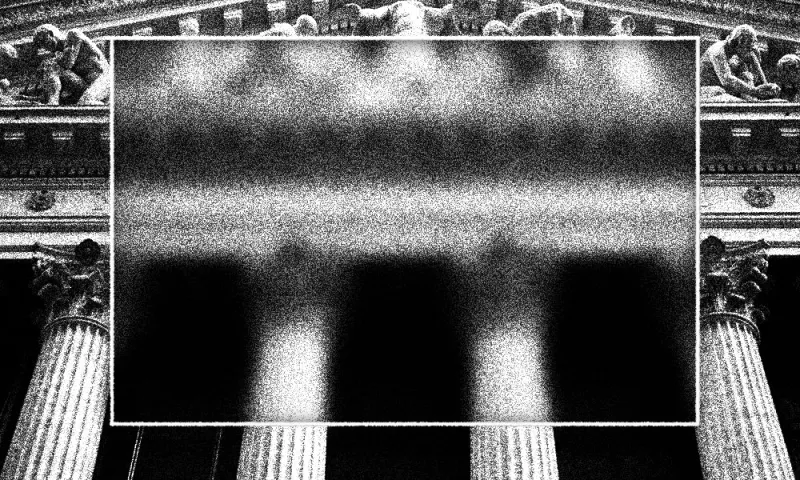As the outlook for actively managed mutual funds grows grimmer, asset managers are closely watching a brand-new product: non-transparent ETFs.
In May, the Securities and Exchange Commission granted exemptive relief for a non-transparent ETF structure called ActiveShares, launched by Precidian Funds. Unlike ordinary ETFs, which are required to disclose their security positions on a daily basis, non-transparent ETFs don’t need to.
Dan McCabe, chief executive of Precidian, said in May that ActiveShares will enable active managers to combine the best of active management with the benefits of an ETF: “For active managers that had been hesitant to utilize transparent ETF structures due to concerns of infringement, a non-transparent structure is the option they have been waiting for."
The product has piqued the interest of some active managers. They are hopeful that a non-transparent structure will allow them to trade ETFs without revealing their strategies, which could be copied by rival managers.
Legg Mason, BlackRock, Capital Group and JPMorgan are among the fund companies that have already licensed ActiveShares from Precidian, at a time when actively managed funds have long failed to beat benchmarks. Only 24 percent of all active funds topped their average passive rival over the 10-year period ended December 2018, according to Morningstar.
Active U.S. equity funds were barely leading passive funds at the end of May, with a mere $89 billion more in assets. Morningstar said that parity is not more than a few months away.
Active managers are recognizing that the ETF is typically a more efficient and effective way to deliver their equity strategies. But their concern has always been the requirement for daily transparency.
The non-transparent ETF could offer a superior investment vehicle to these asset managers, many of whom have never launched their own equity ETFs for fear of being copied. They offer many of the same benefits of other ETFs, namely reduced costs and greater tax efficiency.
Nate Geraci, president of investment advisory the ETF Store, says non-transparent ETFs lower the hurdle for active managers to generate positive alpha after fees and taxes. “Given the significant challenges active stock managers have had in beating their benchmarks, anything that lessens performance headwinds is absolutely a positive.”
Nonetheless, several risk factors are associated with this new breed. “In general, as with most things, less transparency typically equals greater risk,” Geraci says. Transparency allows investors to ensure an active manager is following their stated investment objective. Without daily transparency, investors might not know exactly what they own, which increases the risk of overlap, or redundancy of holdings, in a portfolio.
Large asset managers looking to launch these products will have to decide how different their new strategies will be from existing strategies. Daniil Shapiro of Cerulli Associates cautions that large asset managers launching clones or similar strategies at significant discounts may find that clients simply transfer funds from one vehicle to another resulting in lower fee revenues but not new net inflows.
Furthermore, as with other ETFs, non-transparent ETFs cannot facilitate revenue sharing in the same way as mutual funds. These products will still have to rely on separate distribution agreements to compensate intermediaries.
Another potential risk factor is wider bid-ask spreads. It could be difficult for platforms to do their due diligence on the products because they are complex and difficult to evaluate. “Until non-transparent ETFs are out in the wild and we have a chance to observe them in action, we won’t know whether this is an issue,” Geraci says. “But increased transaction costs are certainly a potential risk factor of non-transparent ETFs.”
Cerulli’s Shapiro is ultimately hopeful. “We believe that if a large asset manager were to provide quality products in the new vehicle and put their distribution strength behind selling it – and if they overcome the significant challenges – then they can be successful.”







